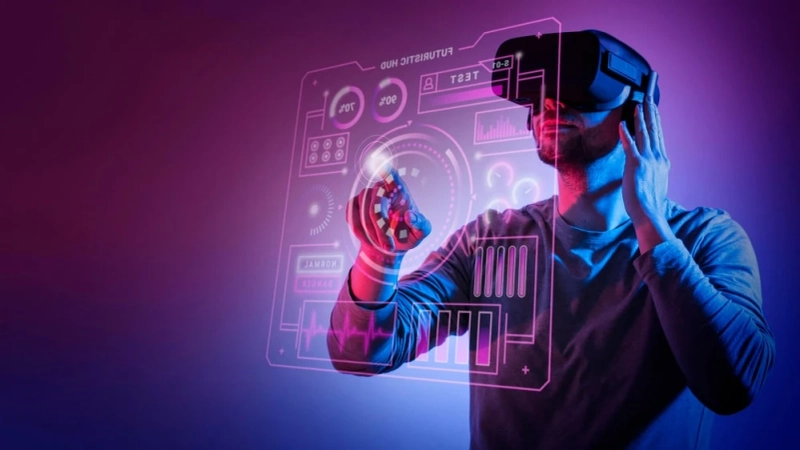Discover how Artificial Intelligence (AI) and Machine Learning (ML) are shaping the future of technology, and the ethical concerns surrounding it.
The future of technology is exciting and unpredictable. There is no doubt that AI and ML will play a significant role in shaping the future. AI refers to the simulation of human intelligence in machines that are programmed to think like humans and mimic their actions. ML is a subset of AI that involves the use of algorithms to allow machines to learn from data and improve their performance over time.
Deep Learning and Neural Networks
Deep learning is a subfield of ML that uses neural networks to simulate the functioning of the human brain. Neural networks are composed of multiple layers of nodes that work together to process and analyse data. Deep learning has many potential applications, such as speech recognition, image recognition, and natural language processing.
Natural Language Processing
Natural language processing (NLP) is a subfield of AI that deals with the interaction between computers and human languages. NLP can be used to analyse and understand human language, as well as to generate human-like responses. Some potential applications of NLP include chatbots, language translation, and voice recognition.
Robotics and Automation
AI and ML are also driving the development of robotics and automation. Robots can be programmed to perform tasks that are dangerous, tedious, or time-consuming for humans. Automation, on the other hand, involves the use of machines to perform tasks that were previously done by humans. This can lead to increased efficiency and productivity in various industries.
Big Data and Predictive Analytics
Big data refers to the large volume of data that is generated by businesses and organisations every day. Predictive analytics is the use of data, statistical algorithms, and ML techniques to identify the likelihood of future outcomes based on historical data. This technology can be used to make more informed decisions in various fields, such as finance, healthcare, and marketing.
Computer Vision
Computer vision is the field of AI that deals with enabling computers to interpret and understand visual data from the world around them. Computer vision has many potential applications, such as image and video recognition, self-driving cars, and security systems.
Augmented Reality and Virtual Reality
Augmented reality (AR) and virtual reality (VR) are two technologies that are changing the way we interact with the world. AR involves overlaying digital information onto the real world, while VR involves creating a completely immersive digital environment. Both technologies have many potential applications, such as gaming, education, and training.
Impact of AI and ML on Various Industries
The impact of AI and ML on various industries is already being felt. In healthcare, AI is being used to diagnose diseases, monitor patient health, and develop personalised treatment plans. In finance, ML is being used to detect fraud, assess risk, and make investment decisions. In transportation, AI is being used to develop self-driving cars, optimize traffic flow, and improve safety.
Future Applications of AI and ML
The potential applications of AI and ML are virtually limitless. In the future, we may see AI and ML being used in fields such as agriculture, energy, and environmental conservation. These technologies could help us solve some of the world's most pressing problems, such as climate change and food insecurity.
Conclusion :
In conclusion, the future of technology is bright, with AI and ML leading the way. These technologies have the potential to revolutionise various industries and change the way we interact with machines. From deep learning and neural networks to robotics and automation, AI and ML have many potential applications. Big data and predictive analytics can be used to make more informed decisions, while computer vision can enable computers to interpret and understand visual data. Augmented reality and virtual reality are changing the way we interact with the world.
FAQs :
Q. What is the difference between AI and ML?
AI refers to the simulation of human intelligence in machines, while ML is a subset of AI that involves the use of algorithms to allow machines to learn from data and improve their performance over time.
Q. What are some potential applications of AI and ML?
AI and ML have many potential applications, such as speech recognition, image recognition, natural language processing, robotics, automation, big data, predictive analytics, computer vision, augmented reality, and virtual reality.
Q. What are some ethical concerns related to AI and ML?
Some ethical concerns related to AI and ML include bias, privacy concerns, and the potential impact on employment.


